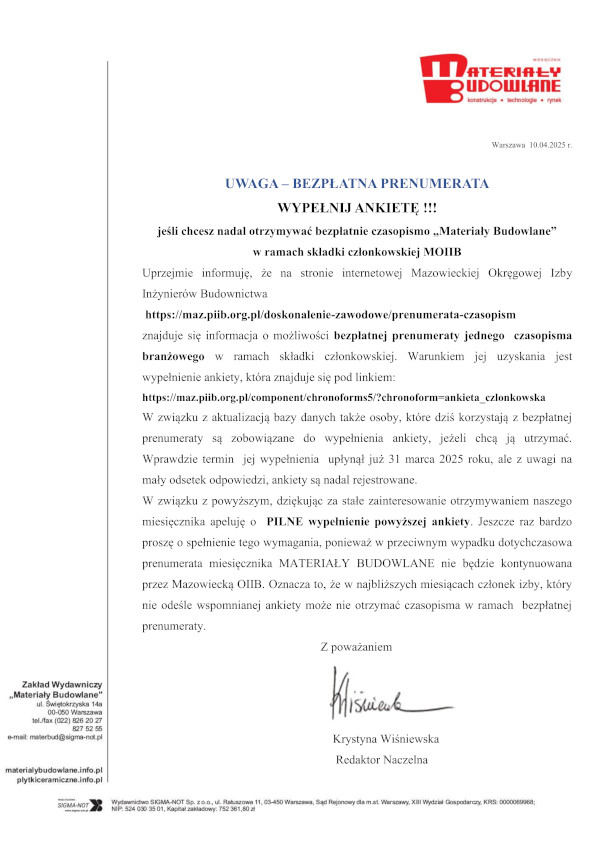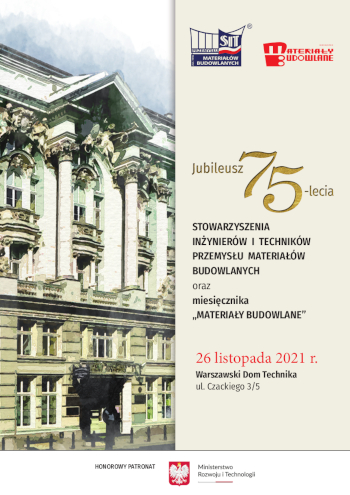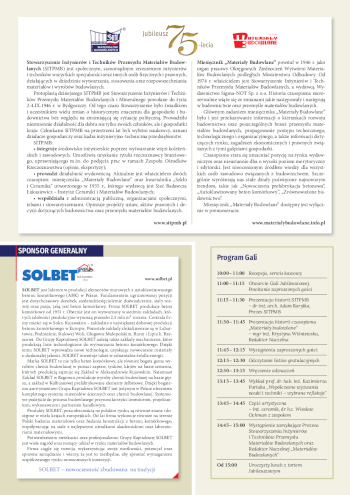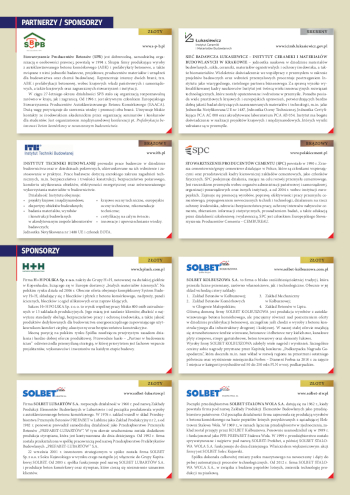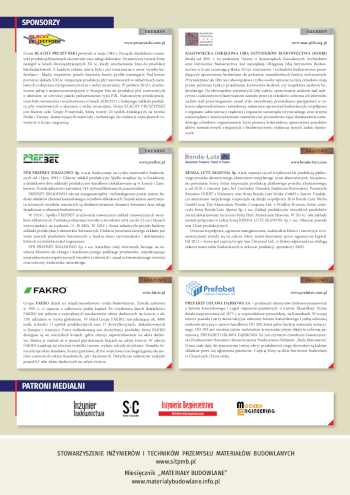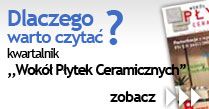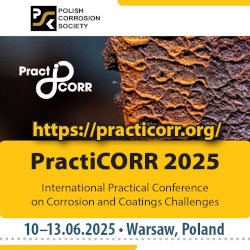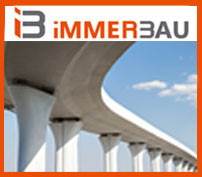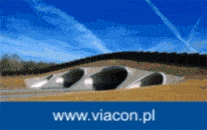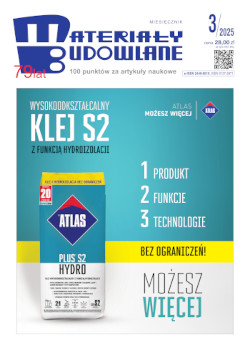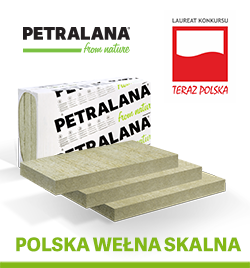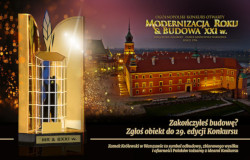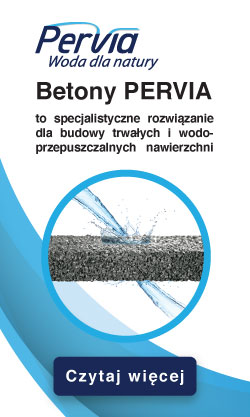mgr inż. Jolanta Korycka-Kowalska Politechnika Warszawska, Wydział Inżynierii Lądowej
dr hab. inż. Piotr Woyciechowski, prof. Politechnika Warszawska, Wydział Inżynierii Lądowej
Autor do korespondencji e-mail : Ten adres pocztowy jest chroniony przed spamowaniem. Aby go zobaczyć, konieczne jest włączenie w przeglądarce obsługi JavaScript.
DOI: 10.15199/33.2015.12.05
W strefie klimatu umiarkowanego starzenie betonu związane jest przede wszystkim z destrukcją mrozową oraz wpływem dwutlenku węgla zawartego w atmosferze, powodującego karbonatyzację.Wprzypadku wielu obiektów i konstrukcji zjawiska te występują równocześnie, a ich mechanizmy wskazują na tzw. synergię negatywną, powodującą intensyfikowanie skutków destrukcyjnych obu czynników.W artykule zaprezentowano przegląd publikowanych badań wykazujących związki mrozoodporności i głębokości karbonatyzacji w różnych układach materiałowych i środowiskowych.
Słowa kluczowe: karbonatyzacja, destrukcja mrozowa, mrozoodporność, korozja betonu.
* * *
State of the art on the synergy between the frost destruction and carbonation of concrete
Durability of reinforced concrete depends, among others on environmental factors causing aging processes of materials. In the Polish climate zone (temperate climate) concrete aging is primarily associated with the frost destruction and the impact of atmospheric carbon dioxide, causing carbonation. In most cases, objects and structures, these phenomena occur simultaneously, and their mechanisms indicate the presence of the so-called negative synergy, resulting in cross-intensifying impact of both destructive factors. The object of this article is to analyze the state of knowledge and a review of published studies showing associations between frost resistance and the depth of carbonation in a variety of concrete types and environmental systems.
Keywords: carbonation, frost damages, frost resistance, concrete corrosion.
Literatura :
[1] Neville A. M.,Właściwości betonu, Polski Cement, Kraków 2012.
[2] Woyciechowski P., Model karbonatyzacji betonu, Oficyna Wydawnicza Politechniki Warszawskiej, Warszawa 2013.
[3] Rusin Z., Technologia betonów mrozoodpornych, Polski Cement, Kraków 2002.
[4] Kuosa H., Ferreira R. M., Holt E., Leivo M., Vesikari E., Effect of coupled deterioration by freeze-thaw, carbonation and chlorides on concrete service life, Cement & Concrete Composites 47 (2014), s. 32 – 40.
[5] Copuroglu O., Schlengen E., Modeling of frost scaling, Cement & Concrete Composites 38 (2008), s. 27 – 38
[6] Valenza J. J., Scherer G.W., Mechanism for salt scaling, Journal of the American Ceramic Society 89 (2006), s. 1161 – 1179.
[7] Schalangen E., van Mier J. G. M., Experimental and numerical analysis of micromechanisms of facture of cement-based composites, Cement & Concrete Composites 14 (1992), s. 105 – 118.
[8] Schalangen E., Garboczi E. J., Facture simulations of concrete using lattice models: computation aspects, Engeneering Fracture Mechanics 2/3 (57) (1997), s. 319 – 332.
[9] Copuroglu O., Fraaij A., Bijen J., Microstructural change of blast furnace slag cementpaste due to carbonation, vo.. Application of codes, design and regulations. Global Construction: Ultimate Concrete Opportunities Thomas Telford publishing, Dundee, Scotland, 2005, pp. 229 – 234.
[10] Copuroglu O., Fraaij A., Bijen J., Pore characteristics of blast Surface slag cement systems, International Conference on Concrete and Reinforced Concrete, Moscow, Russian Federation, vol. 3, 2005, pp. 536 – 546.
[11] Utgenannt P., The influence of ageing of the salt-frost resistance of concrete, doctoral thesis, Lund University, 2004.
Otrzymano: 21.10.2015 r.
Materiały Budowlane 12/2015, str. 20-23 (spis treści >>)


